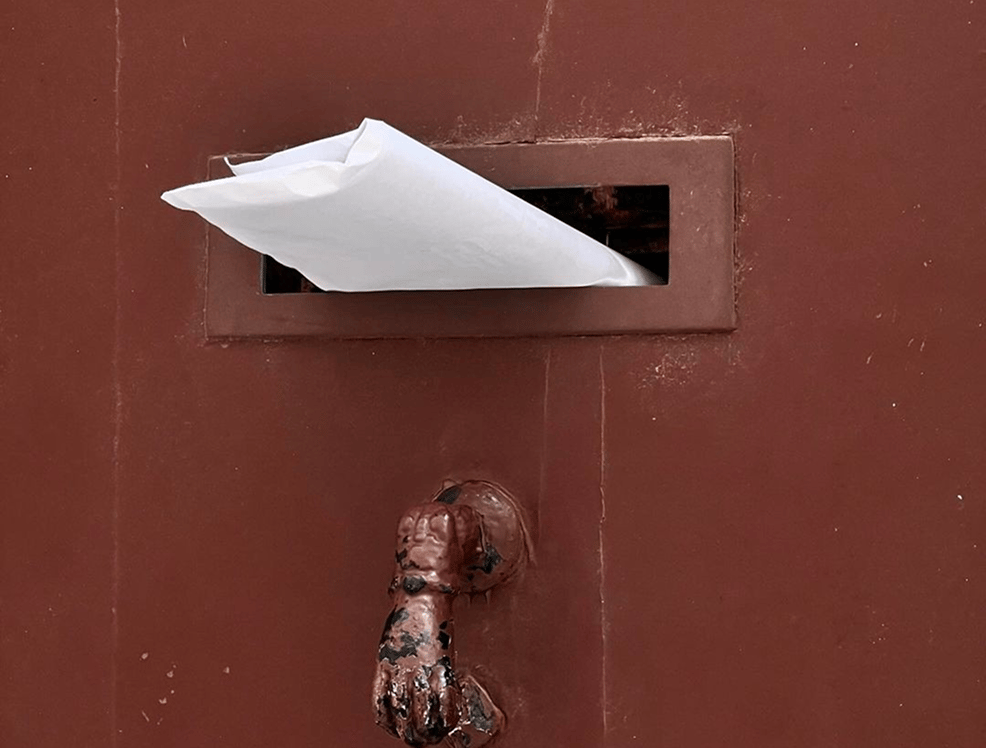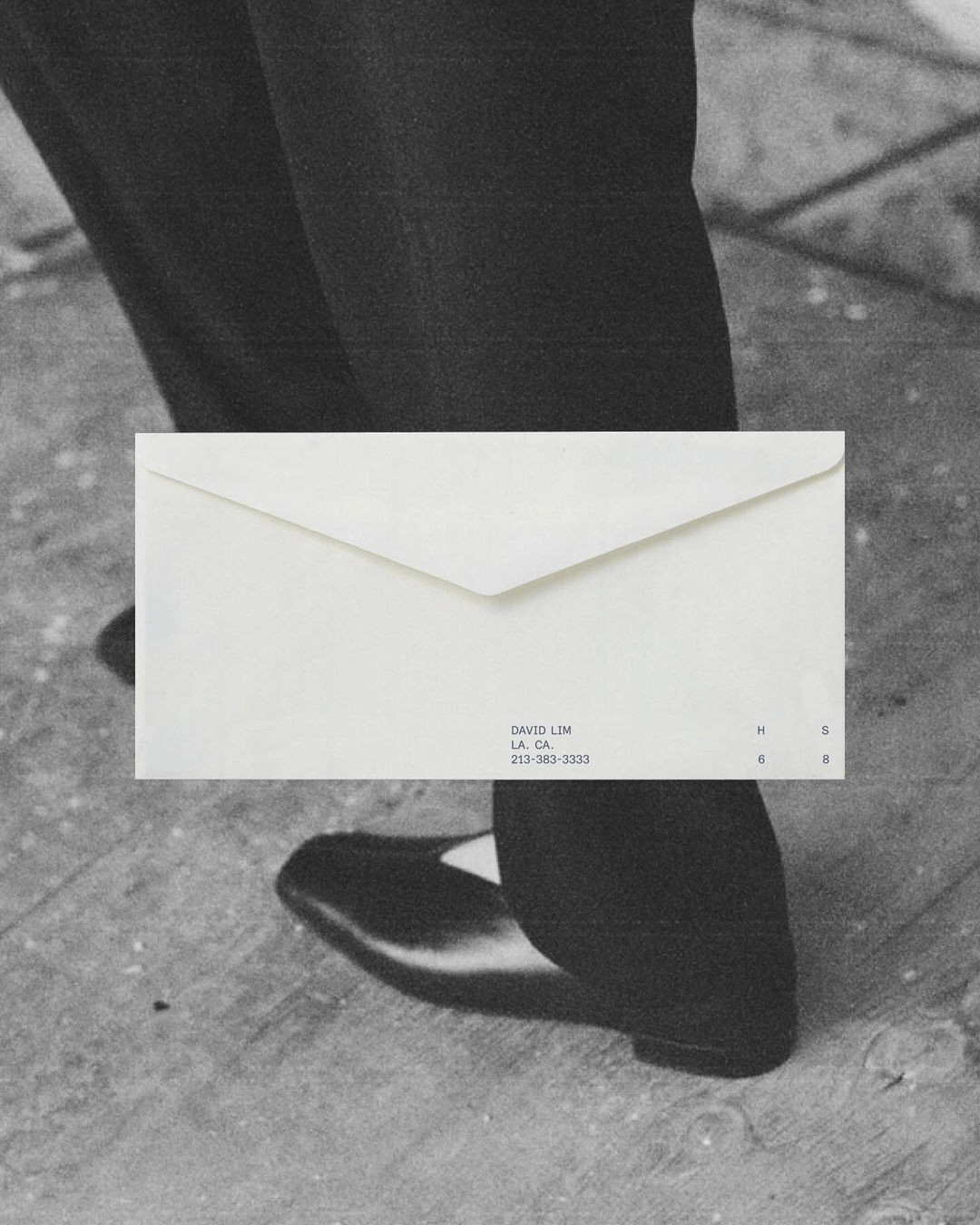
Every few weeks I see another digital marketing guru post that email marketing is dead. Open rates are dropping. Inboxes are flooded. It’s too expensive to own a large customer list. You get the point.
But here’s the thing. Email isn’t the problem. The way most brands use it is. Done right, email is still the highest ROI channel in your entire marketing stack. It’s retention, relationship and storytelling all in one. And unlike social platforms, you actually own it.
So why do so many brands treat it like an afterthought?


The issue usually starts with design. A founder picks a generic template, adds their logo as a screenshot, writes “Hey [First Name]” and pushes out a weekly update. Sometimes a new campaign. Always a discount. There’s no system. No story.
What gets missed is that email isn’t just another touchpoint. When it’s used correctly it’s a tool to shape your entire customer experience. Especially in early growth stages, when every message builds memory.
This means automation is critical. Welcome flows, post-purchase journeys, abandoned checkout nudges, these aren’t spam tactics. They’re brand-building moments if you treat them properly. Every automated flow is a chance to reinforce who you are, what you stand for, and what you want them to do next.

Segmentation matters just as much. Not every subscriber is at the same stage. Some are ready to buy. Some need time. Some want style updates. Others care about the founder’s story. When you treat every inbox the same, you lose the chance to be relevant to the person on the other end. The best brands personalise based on behaviour, not just names.
And then there’s data. The right email strategy doesn’t start with a send. It starts with a signup. How you capture that data sets the tone. Think beyond ‘10% off’ pop-ups. Think embedded signup experiences, lead magnets with substance, opt-ins that make people feel part of something.
Every email address should be earned.

The reason email feels stale to some is because it’s become automated without being intentional. Brands confuse setup with strategy. But the best ones know that your email list isn’t just a revenue channel. It’s a memory machine. It’s your archive and your voice.
So what does a good strategy look like? Great question Carlos. Order your flat white, take a seat and listen up.
It starts with a clear welcome. An actual introduction and a message that feels like it’s written by a human, not AI. Then it maps key touchpoints, launches, product education, community moments, with logic and tone. The flow supports the brand world, not just sales targets.
It includes smart automations that don’t just push people through a pipeline but meets them where they are. It prioritises regular sending, not just when something’s on sale. And it’s measured by quality over quantity. Not just click rates, but brand resonance.
Some of the best email strategies out there don’t feel like email at all. They feel like letters from someone you trust. They’re consistent, well-timed, and quietly build something bigger than the inbox they land in.
So no, contrary to popular belief, email isn’t dead. It’s just become lazy.
Which means if you give it the attention it deserves, with strategy, system, and story your brand has an advantage most people have already left on the table. Email is still the best place to build trust. Most people just don’t know how to do it.

Your Espresso Size Email Plan
A five-step filter for better email strategy. No fluff. No jargon. Just the good stuff.
Review the Doorway
Your sign-up flow is your front door. Is it clean? Easy? Worth entering? Give people a reason to step in whether it’s early access, fresh thinking, or a hit of something different.
Warm the Room
Every new subscriber deserves a proper welcome. Build a short sequence that sets the tone. Tell them who you are, what you care about, and what they’ll get for pulling up a seat.
Know Who’s in the House
Start segmenting early. Even simple tags based on clicks or interests will make every email feel like it was written just for them. Personal is powerful and rarely done well.
Automate Without Sounding Robotic
Yes, flows matter. But they don’t have to feel like flows. Cart reminders, post-purchase notes, product nudges they should read like you actually care, not like you’re clocking in.
“Write Like a Human, Not a Headline”.
The best emails feel like they’re from someone, not some brand.
Lose the marketing speak.
Keep the intention.
Say what you mean. Say it well.
Shot of the good stuff


